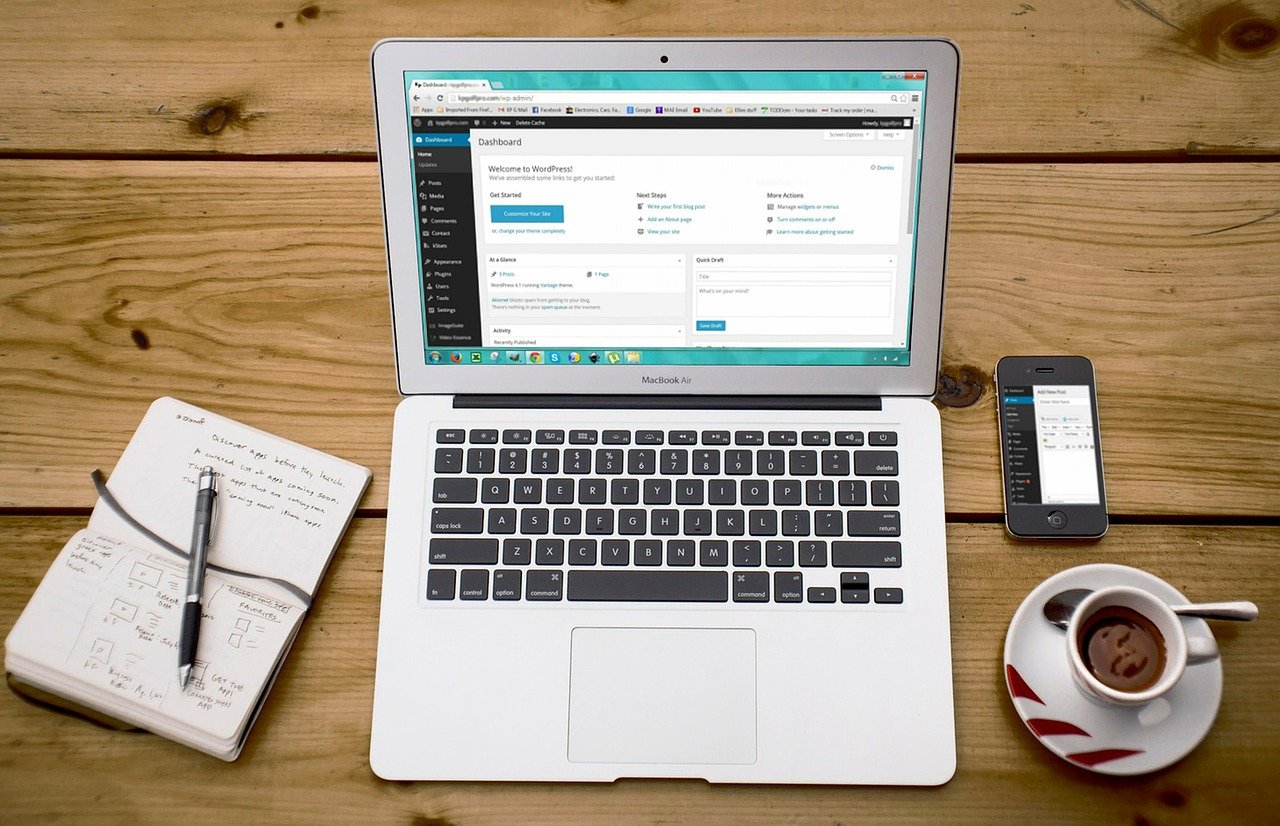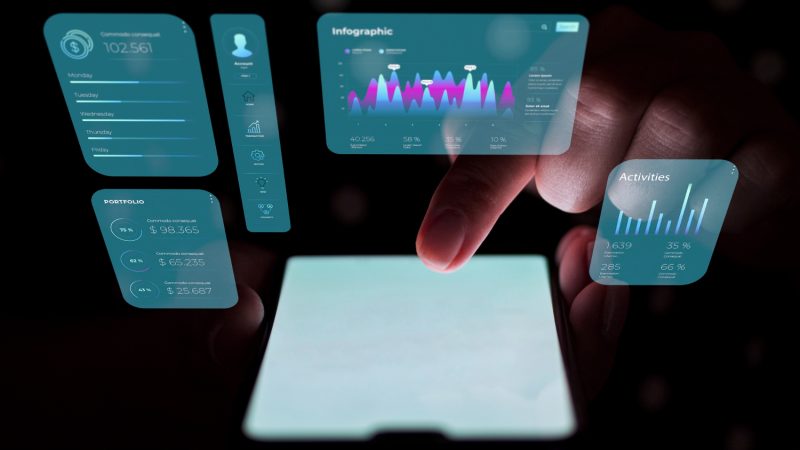How Kitchen Display System Increases Productivity of Hotel Employees

The former designs of many restaurants stuck with separating the kitchen area from the customer sitting area. In this case, you would have a waiter approach you, take your order, and then hand it over to the cashier desk, who will bill it and communicate to the cooks. This long and tiring process got many customers wondering where the food is coming from or how long it might take.
In this modern setting, restaurants’ kitchens are open. This means from the customer sitting area, and you can see the cooks busy preparing different orders. Not only does it give the comfort that someone is attending to your meal, but openness helps to increase productivity. So what is this new kitchen display system technology?
What is Kitchen Display Management (KDM)
Kitchen display management is the monitoring and processing of customer orders through visual display. It happens through the use of kitchen display system technology, a digital screen that shows all order tickets and connects them to the restaurant’s point-of-sale (POS). This technology improved the restaurant setting and has taken the space of verbal and written orders, which often come with errors. The KDS gives you the ability to follow up on your order as it also shows the time used for preparing your meal and how far it is from getting to your table.
Benefits of using a Kitchen Display Management System
There are several benefits of these kitchen display management systems that both the restaurants and customers will enjoy. They include
- Orders taken on KDS directly notifies the kitchen staff, who begin working on your meal immediately.
- KDS sends orders to the respective kitchen department, which reduces the to and from trips to notify the different chefs of a particular order.
- It monitors the time taken on each order which helps in increasing productivity.
- They eliminate errors or confusion often experienced with written and verbal orders.
- It is a perfect communication means between the waiting and kitchen staff.
- It gets rid of any possible wastes as orders are processed as requested.
- It makes the cooking process simpler as your kitchen staff will simultaneously work from one order to the next.
- It is paper-free, so it saves the environment.
Various Ways that Increases Productivity of Hotel Employees
There are several ways to increase the productivity of your hotel employees. Some of these tips and tricks include
1 Hire the Right Staff at the Right Time
The primary rule of restaurant management is to hire the right employees with the necessary knowledge and skills for the task. These individuals will be thrilled by the opportunity and will work diligently, which will improve your productivity.
2 Give the Proper Training to Your Employees
If you upgrade a system or introduce something new, it is essential to have a training session for your employees. Make them familiar with the new rules, and they will catch up fast, which hikes productivity.
3 Track Your Inventory Levels
Your input and output should be tracked if you want to know your productivity levels. Get to see the supplies and ingredients needs and advise your employees to use what is needed for every order for a better output.
4 Request for Employees Feedback Regarding Productivity
Please get to know what your employees are experiencing at the workplace and their views on productivity. If they feel encouraged and they give positive feedback, then that’s a good sign.
Embracing the new technology helps in ensuring that you get a good number of customers. Kitchen display system technology also increases the productivity levels of the employees.






